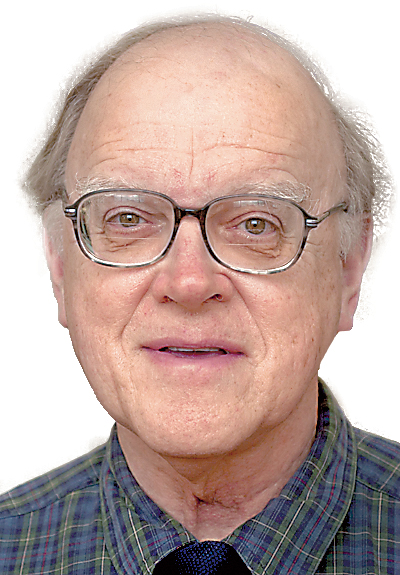The giant, granite carvings of Mount Rushmore National Park in South Dakota honor four presidents: George Washington, Thomas Jefferson, Theodore Roosevelt and Abraham Lincoln. Work on the project began in 1927. The sculptors were father and son, Gutzon and Lincoln Borglum. Lack of funding concluded the project in 1941; the initial plan had called for representations of each figure from head to waist.
Consider how you would construct a personal equivalent of Mount Rushmore that would honor four teachers, from kindergarten forward, who had a unique or special influence upon the person that you are today.
My teachers through high school were almost all women. They were underpaid; most were single. At least two of my elementary teachers lived in boarding houses during the school year, taking on other work during summers - vacations for us, labor for them.
Throughout my public schooling, my teachers were demanding, intolerant of any inattention or misbehavior in class. Shape up or go to the principal's office.
Miss Patti Parker at Dreher High School in Columbia, S.C., was my teacher for senior English. She took my classmates and me beyond the words on the page and into a new relationship with literature. I can recall her asking more than once, "But what does this mean to you?" When we read "Macbeth," with many passages delivered aloud by students, she led us into consideration of the language, the setting, the motives of the characters. Under her guidance, I realized that reading deeply was a skill to be pursued and a privilege.
In college at Duke University, Professor Robert Durden directed my senior class in American history, a class that I had struggled to schedule among the demands of my chemistry major. The course was my first real seminar where we were expected to be active contributors. It was as demanding as anything in my science-dominated curriculum.
We read extensively, well beyond the set texts. Our professor expected us to be current in the news and political happenings of our day. The president, military leader, scoundrel or reformer whom we studied became a real person, responding to complex and contradictory demands of his or her times. This was living history, tied to our own times. Reading history or biography today, I still feel that I am in Durden's class.
I began medical studies at Oxford University where one-on-one tutorials were blended with lectures and labs. Dr. Robert Torrance guided me through physiology for two years. A giant of a man, a one-time collegiate rugby player and an expert in the regulation of respiration, this kind man assigned me weekly topics and a suggested reading list. I was expected to read extensively and bring to my tutorial a well-written essay on the topic at hand.
My tutorials occurred after dinner on Monday evenings, usually in front of a lit fireplace in his study. Rather than a student, I felt that I was a junior colleague, ready to explore a topic from its basic science to its clinical applications. The pressure in preparing an essay came from not wanting to disappoint my tutor. Under Torrance - which is what his students called him - I learned physiology from the inside out, a technique that I could apply to all subsequent courses in medicine.
From the first day of my internship and residency in medicine at Vanderbilt University Hospital, Dr. Tom Brittingham became a major force in shaping the clinical career to which I aspired. As director of the residency program, he presided over twice-weekly clinical conferences, consulted and lectured extensively in his field of hematology and participated in legendary clinical-pathologic conferences.
A male patient with a complicated pneumonia became more than a clinical challenge. He was a person with a family, a job, financial worries and a future that might be threatened. Brittingham's expectation was that each member of the team of caregivers would dig into the past records of our patient, take a meticulous history and examine carefully to have a full appreciation and understanding of that particular individual's current predicament. Selection of a therapy required similar, careful study. Throughout my years of practice, I sensed that the Good Doctor was an abiding companion as I evaluated my patients.
These four stand out in a field of dedicated teachers. Construct your own Mount Rushmore of special teachers, and consider sharing them with me. Using a chemical metaphor, the special teacher is a catalyst for a powerful, lasting force in our lives.
Contact Clif Cleaveland at ccleaveland@timesfreepress.com.

